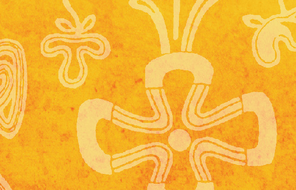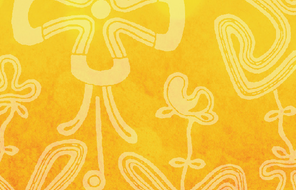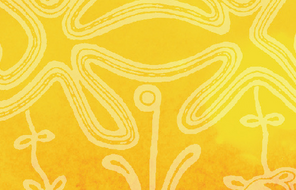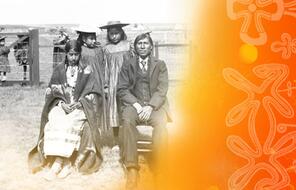Métis
Much like the term Indian, the word Métis (French for “mixed”) doesn’t do justice to the complexity of this large and diverse group of people. The term describes descendants of both Europeans and First Nations people (the Canadian government did not formally recognize the term until the Constitution Act of 1982). In the narrower sense, Métis refers only to the descendants of First Nations people and French settlers and merchants who settled along the Red River in Manitoba.
The history of the Métis reflects the intermingling of the French and First Nations ways of life. The seventeenth- and eighteenth-century fur trade in North America brought British and French tradesmen who exchanged European goods for fur. The First Nations people helped the Europeans learn the lay of the land, local languages, and survival skills. They also connected the Europeans with hunters and trappers who supplied them with furs. Romantic connections between individuals began to emerge from the early days of contact, and the interaction between French traders and First Nations women, particularly Cree and Ojibway women, resulted in descendants of mixed heritage. Over time, these descendants developed language, culture, and traditions distinct from those of First Nations and European Canadians alike. Furthermore, they began to settle in communities of their own.
- ConstitutionConstitution: Canada’s constitution was signed in 1982 and affirmed indigenous pre-existing rights: Section 35 of the Canadian Constitution Act of 1982 recognizes and provides protection to the rights granted to Indigenous Peoples in the Royal Proclamation and subsequent treaties. While the Constitution recognizes rights such as logging, fishing, hunting, and the rights to land, it did not settle the issue of indigenous self-government. But in recent years, the Canadian government adopted policies that recognize in principle the right for self-government as stipulated in the treaties.
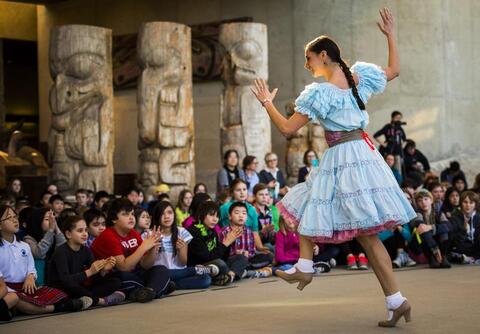
The Métis people have a language, culture, and set of traditions distinct from those of other Indigenous groups. The sash worn by the woman performing a traditional Métis dance signifies the connection of Métis culture to both Indigenous and Western traditions.
The first Métis communities settled in the 1700s in the western Great Lakes regions, stretching between areas in the US and Canada (including Ontario, Wisconsin, Michigan, and Ohio). They later moved beyond this area when Europeans began to establish colonies there. The French Métis settled first along the trade routes of the Red River, while the English-speaking, or Anglo, people of mixed ancestry (sometimes also called Métis) settled around Hudson Bay, both in trading villages and corporate towns. While the cultural and linguistic distinctions between the French Métis and the Anglo Métis were more pronounced in the past, the two Métis communities have become more unified over time. The majority of Métis continue to live within what some call the Métis homeland, a loosely defined area along the former fur-trade route, which includes Manitoba, Alberta, Saskatchewan, Ontario, British Columbia, and the Northwest Territories. Métis individuals did not live on reserves, since they did not receive the official Status Indian designation that would have allowed them to join on-reserve bands.
Without the Status Indian designation, the Métis remained isolated from First Nations and Euro-Canadian societies and were often discriminated against by both. The legal battle to acknowledge them as Status Indians continues. 1 Over the centuries, and in their struggle for official recognition, the Métis groups assumed specific distinctions, combining indigenous and Western traditions. They adopted symbols to reinforce a collective, mixed identity and create a sense of pride. For example, the sash or belt (ceinture fléchée in French) that is still worn by the Métis today for traditional and ceremonial purposes is a direct result of their mixed heritage. The unique Michif language, spoken by Métis of Indigenous-French origin, prominently evidences the fusion of two cultures.
- 1The Canadian Press, “Court of Appeal upholds landmark ruling on rights of Métis,” CBCNews, April 17, 2014, accessed June 18, 2015.
How to Cite This Reading
Facing History & Ourselves, “Métis”, last updated July 28, 2020.



